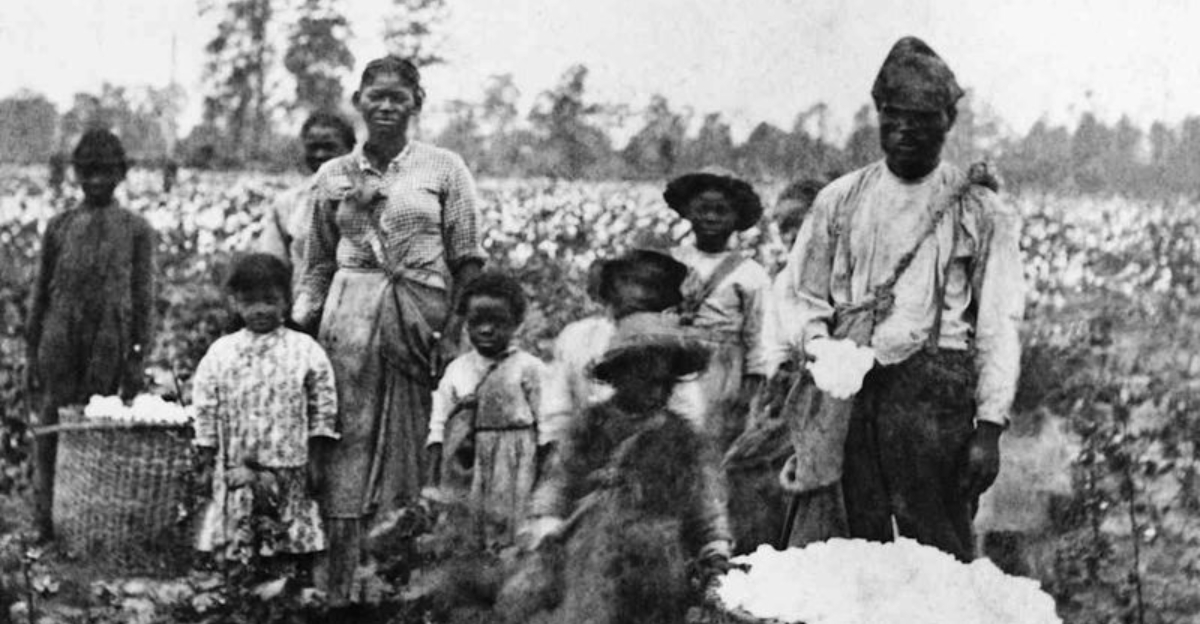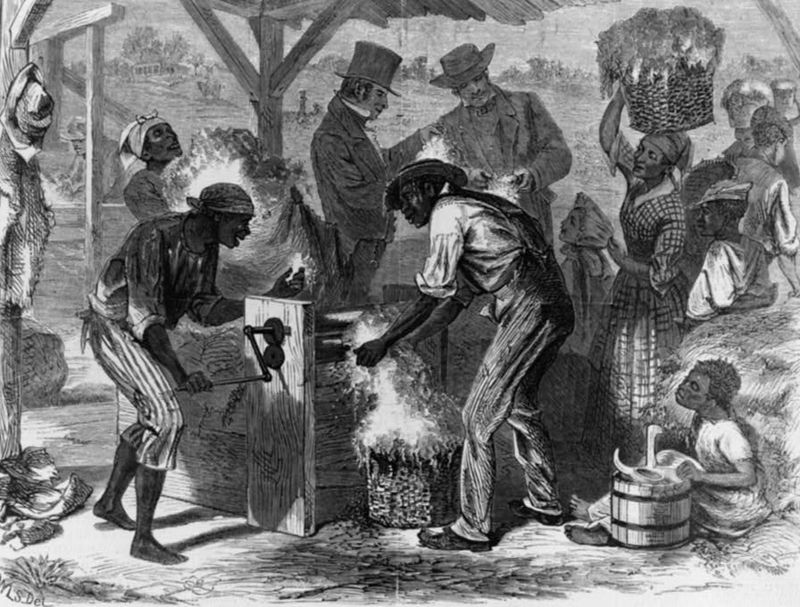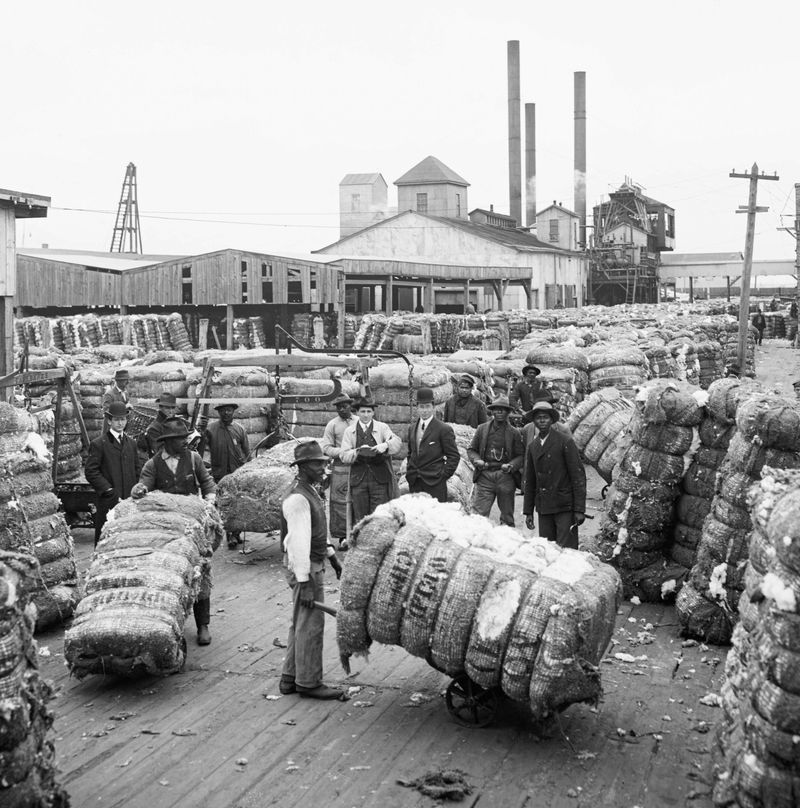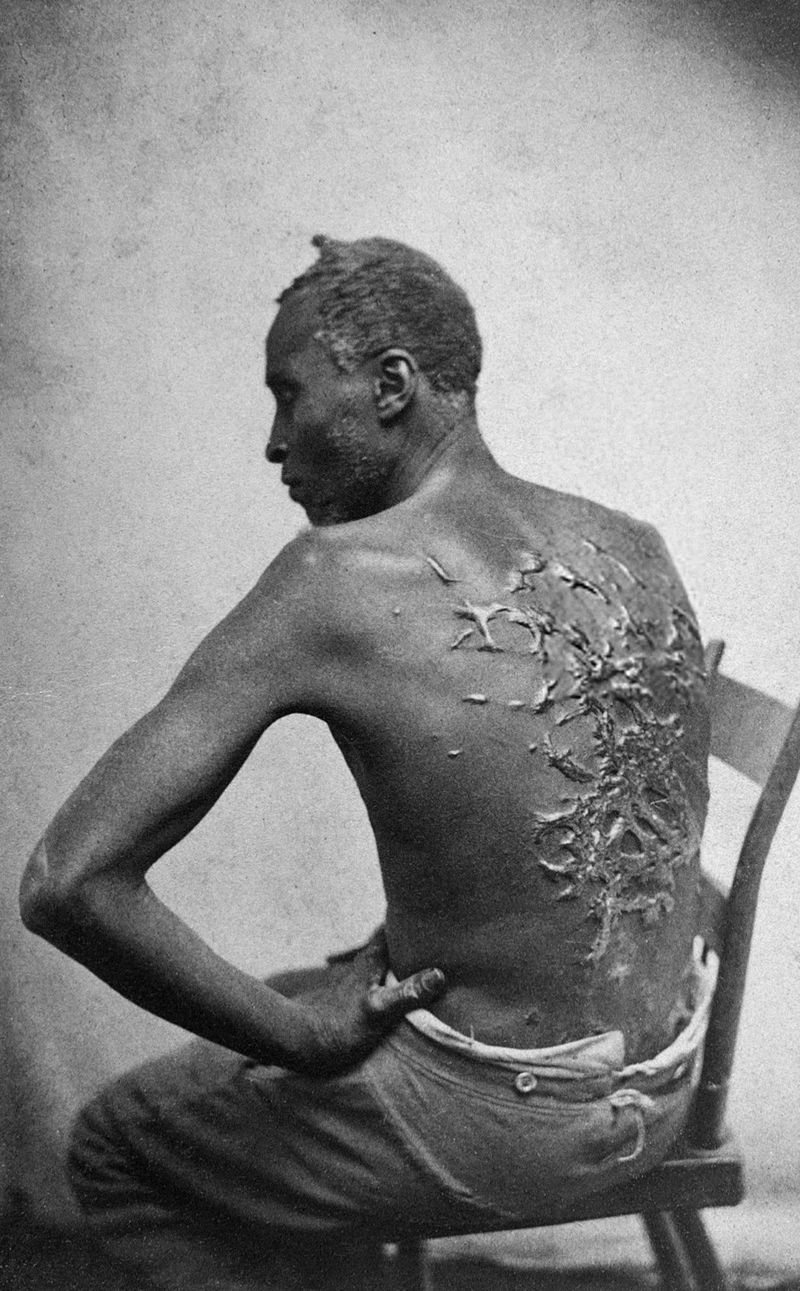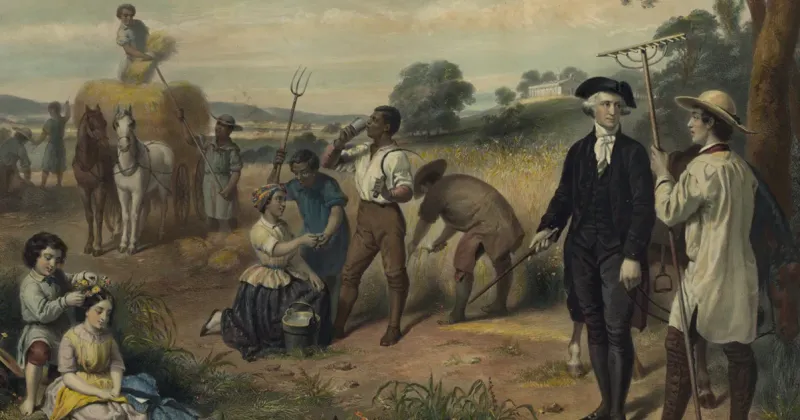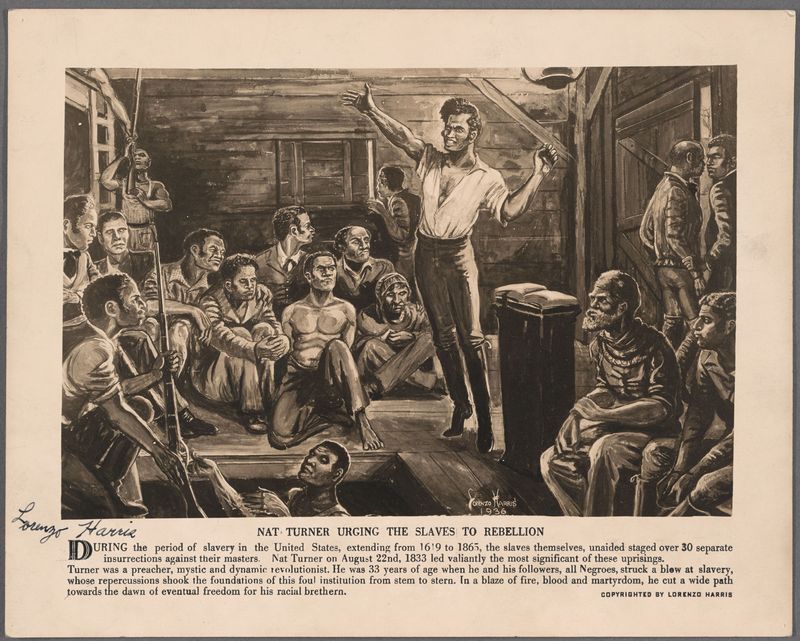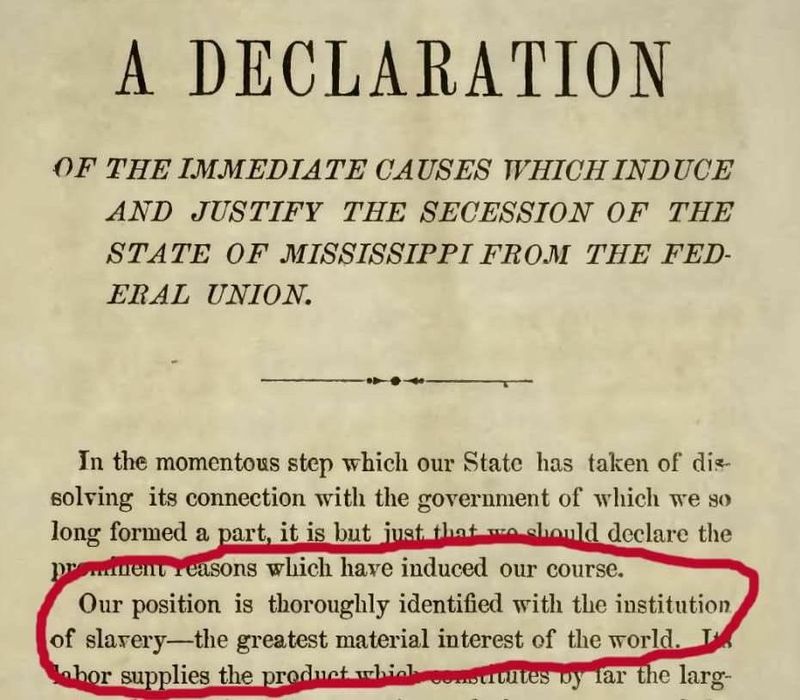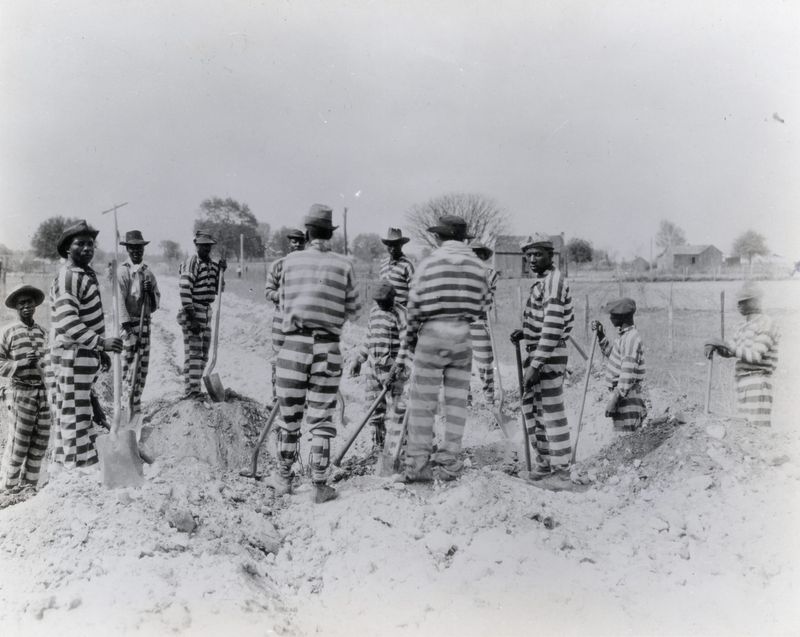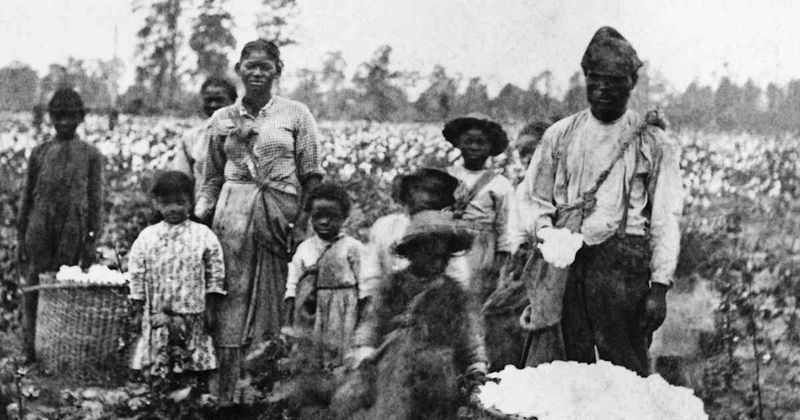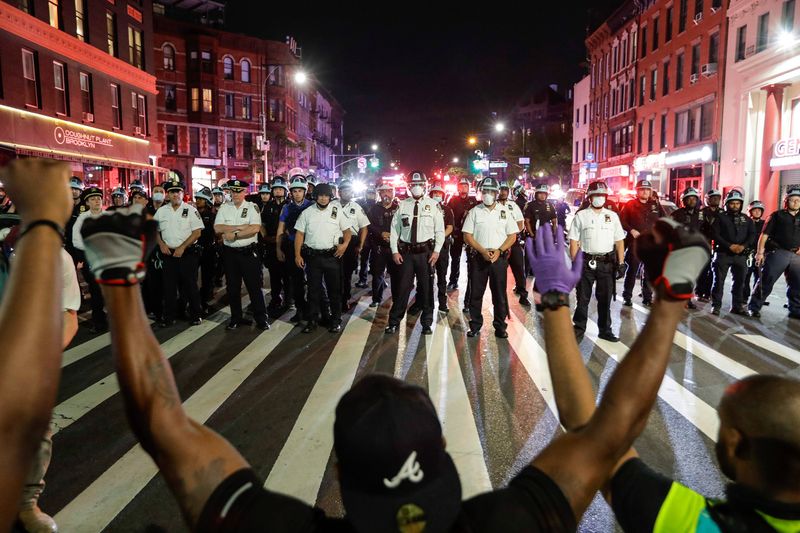Slavery in America is a topic often shrouded in myths and misconceptions that have persisted for generations. These falsehoods continue to shape society’s understanding and perceptions of racial dynamics today. By debunking ten pervasive lies about slavery, we can better appreciate the complex legacy it has left behind and understand why its impact is still felt in contemporary issues such as systemic racism and economic inequality.
1. Only the Wealthy Owned Slaves
Contrary to the belief that only the wealthy owned slaves, many middle-class families participated in this institution. By 1860, approximately 25% of Southern white families owned at least one enslaved person. In certain counties, this number soared to 50-70%.
Owning slaves was not just a privilege of the affluent but a widespread practice across different social strata. This misconception diminishes the scale and reach of slavery in America.
Understanding this broader participation is crucial for recognizing the pervasive nature of slavery and its integration into the societal fabric of the time.
2. Slavery Was a Southern Thing
Slavery is often wrongly labeled as solely a Southern affliction. Northern states profited immensely from this institution, with banks financing plantations and factories utilizing slave-picked cotton.
Many Northern merchants also traded enslaved people. These connections challenge the simplistic geographical narratives often taught.
By acknowledging the North’s complicity, we gain a fuller picture of America’s economic history and how slavery’s tentacles stretched far beyond the Mason-Dixon line.
3. Slaves Were Rarely Beaten or Tortured
The brutal reality for many enslaved people was far from the sanitized narratives often presented. Whippings, branding, and other forms of torture were commonplace.
Methods like ‘The Buck’, which tied wrists and ankles to a stake, or ‘The Iron Mask’, which prevented speaking or eating, underscore the inhumanity faced daily.
Acknowledging these truths shines a light on the severe and violent oppression endured, challenging any romanticized views of slave life.
4. Some Slaveholders Were Kind
The myth of the ‘kind’ slaveholder obscures the harsh realities of slavery. Though some enslavers may have appeared benevolent, they still participated in a dehumanizing system.
Frederick Douglass shared how his ‘kind’ mistress initially taught him to read, only to violently cease when ordered.
These narratives highlight the inherent contradictions in slaveholding benevolence. Even ‘good’ masters were complicit in exploitation and abuse, as described by Harriet Jacobs.
5. Slaves Didn’t Resist
Resistance among enslaved people was widespread, though often erased from history. Nat Turner’s Rebellion in 1831, which resulted in the deaths of 55 whites, is a notable example of resistance.
The Underground Railroad, helping over 100,000 escape, and daily acts of resistance like feigning illness or breaking tools, demonstrate resilience.
These acts challenge the notion of passivity, revealing a persistent spirit of defiance against oppression.
6. The Civil War Wasn’t About Slavery
The Civil War’s motivations are often misrepresented. Confederate states explicitly stated slavery as a primary reason for secession.
For instance, Mississippi’s declaration identified its position with slavery. Vice President Alexander Stephens referred to slavery as the South’s ‘cornerstone’.
These statements clarify the centrality of slavery in the conflict, refuting narratives that downplay its significance.
7. Slavery Ended in 1865
The belief that slavery ended with the Civil War is misleading. Systems like convict leasing and sharecropping perpetuated bondage, trapping freedmen in cycles of poverty.
Modern prison labor, allowed by the 13th Amendment, continues this legacy.
Understanding these continuations is vital for recognizing slavery’s prolonged impact on Black lives in America.
8. Most Free Blacks Owned Slaves
The claim that most free Blacks owned slaves is misleading. In 1830, a small fraction of free Black people did own slaves, often to free family members.
While some, like William Ellison, became true slaveholders, these were rare exceptions.
This nuance is essential in understanding the diverse experiences of free Black communities during slavery.
9. Slaves Were Better Off Than Free Workers
The myth that slaves were better off than free workers is a cruel distortion. Enslaved people were devoid of wages, rights, and freedom.
They faced legal rape, torture, and family separations, dying younger than their white counterparts.
This narrative undermines the severe hardships endured by the enslaved, perpetuating harmful stereotypes.
10. America Has Moved On from Slavery
The notion that America has moved past slavery ignores its enduring legacy. Mass incarceration sees Black Americans imprisoned at five times the rate of whites.
Wealth gaps persist, with white families averaging eight times the wealth of Black families. Systemic racism, evident in redlining and voter suppression, continues.
Recognizing these issues is crucial for addressing the lingering impacts of slavery.
